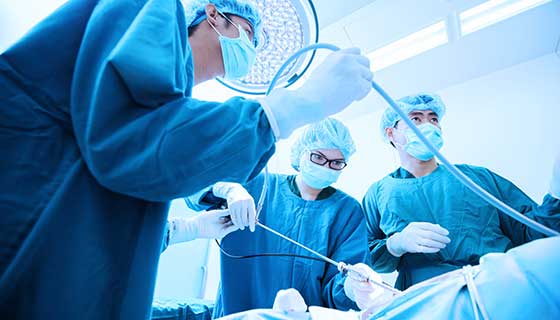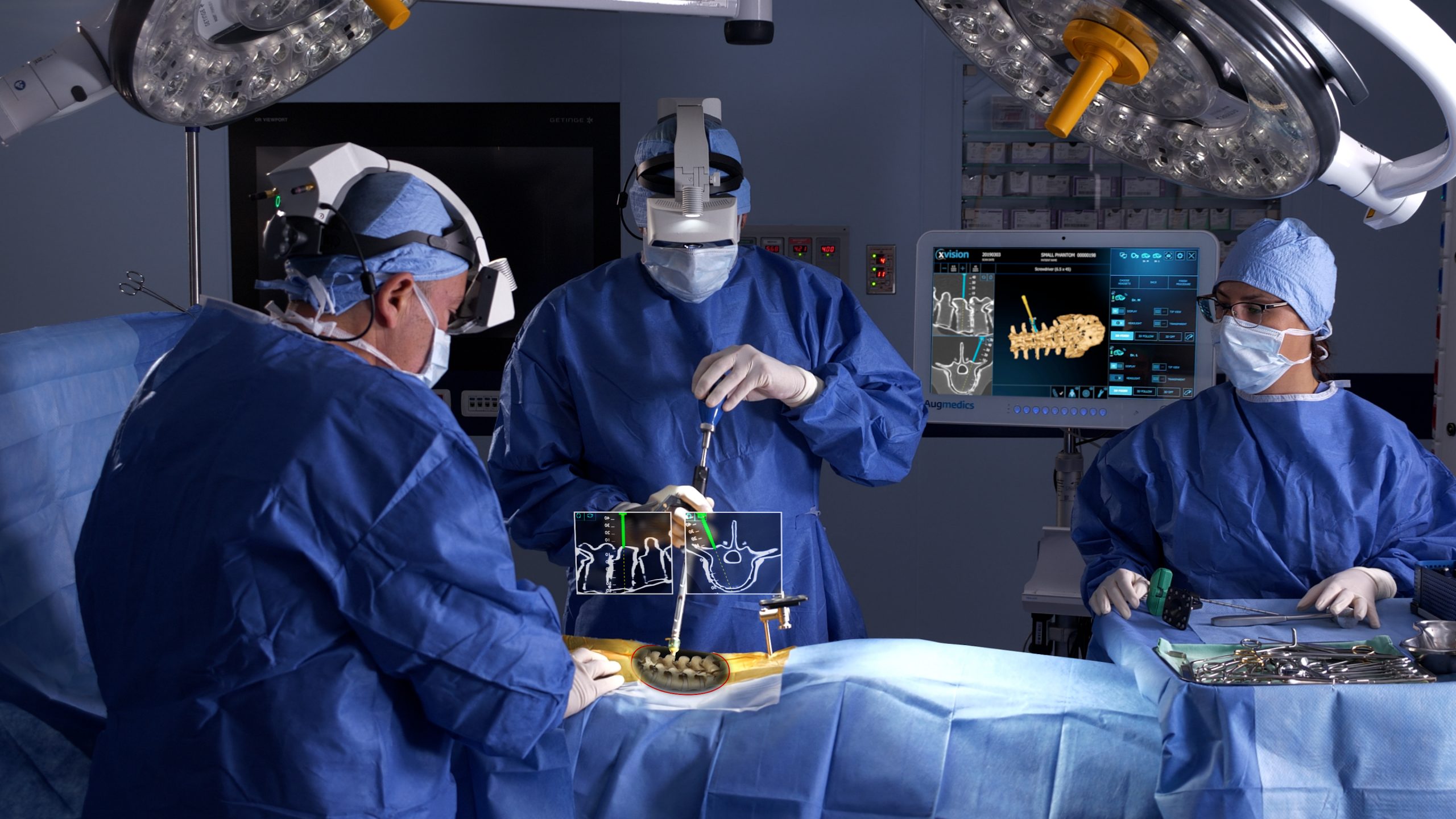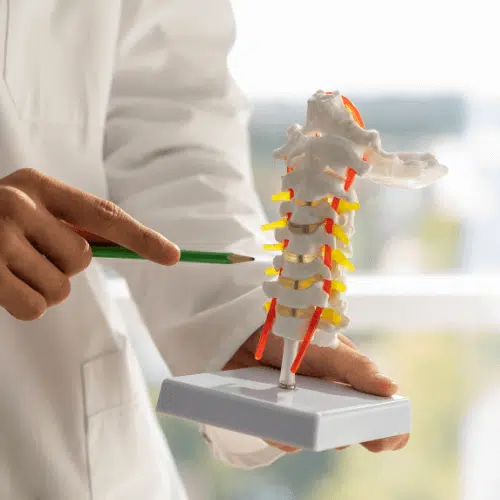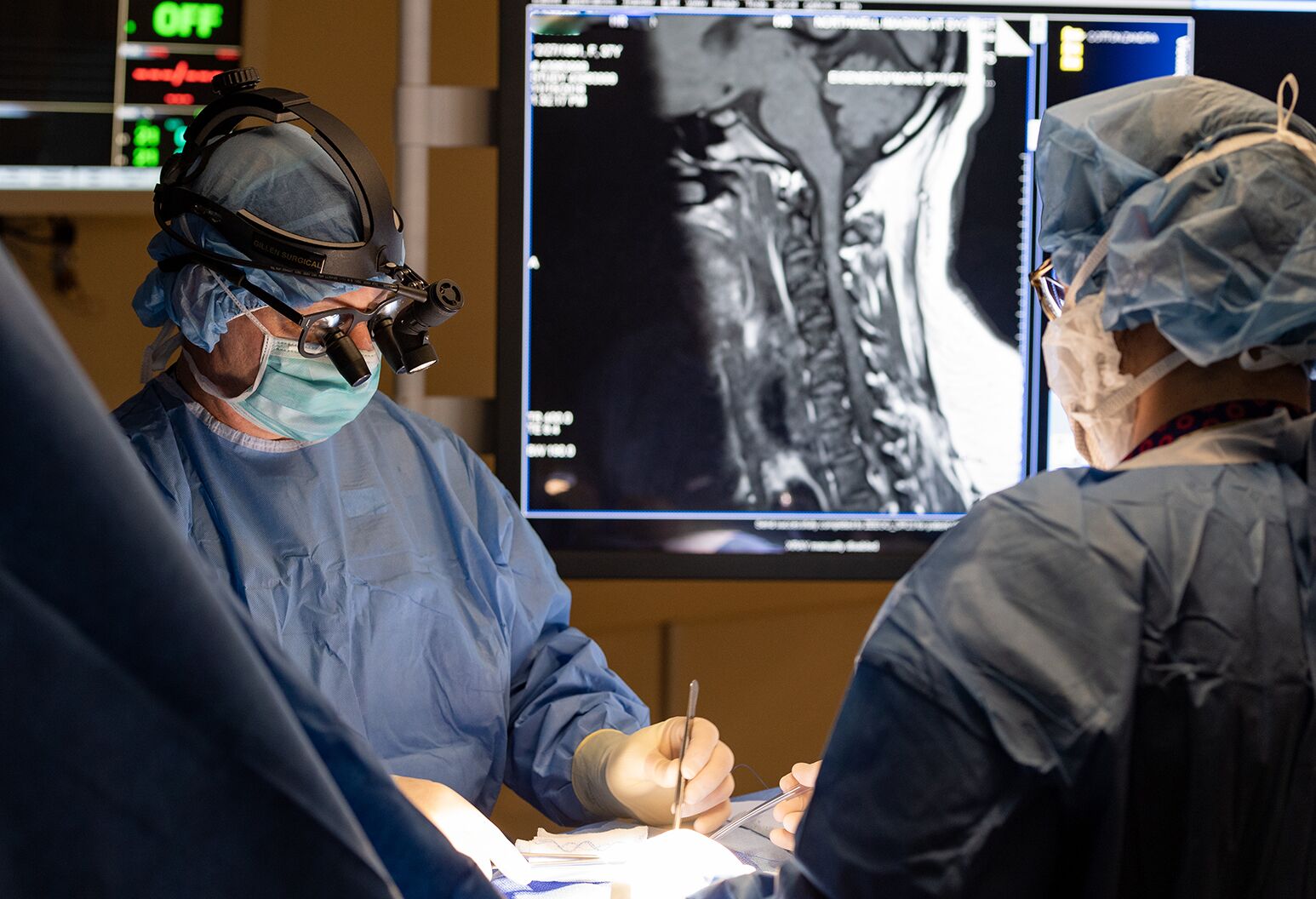Finding Affordable Options with the Best Spine Surgeons in St Louis MO
Wiki Article
An Introduction of Spinal Column Conditions That Frequently Cause Surgical Treatments
Spinal column conditions such as herniated discs, back stenosis, and degenerative disc illness regularly require medical treatments when conservative treatments fall short to minimize relentless signs. Understanding the nuances of each problem and the corresponding surgical choices, such as discectomy or spinal fusion, is critical for effective management.Herniated Discs
Although lots of individuals with herniated discs may locate relief via traditional treatments, surgical procedure becomes an essential factor to consider when symptoms persist or aggravate - best spine surgeons in st louis mo. A herniated disc happens when the soft inner gel of a spinal disc extends with its external layer, potentially pressing nearby nerves and leading to pain, feeling numb, or weak point in the extremitiesTraditional monitoring usually consists of physical therapy, pain medications, and corticosteroid shots, which aim to lower swelling and improve feature. In situations where these methods stop working to reduce debilitating signs and symptoms, medical choices may be explored.
The most common procedure for herniated discs is a discectomy, which involves the elimination of the herniated section of the disc to eliminate pressure on the impacted nerve origin. In extra serious instances, spine fusion might be needed to maintain the impacted vertebrae.
People are suggested to talk about the potential risks and advantages of surgical procedure with their doctor to make a notified decision. Ultimately, the goal of any kind of surgical intervention is to recover feature, alleviate discomfort, and improve general high quality of life for people experiencing from herniated discs.
Spinal Constriction
Spinal stenosis happens when the spaces within the back slim, causing raised pressure on the spine and nerves. This problem can create in different areas of the spinal column, including the lumbar and cervical areas, typically due to age-related modifications, such as degenerative disc condition, arthritis, or thickening of ligaments.Individuals with spine stenosis might offer with signs and symptoms that include discomfort, feeling numb, tingling, or weakness, mostly in the arms or legs. These signs can be exacerbated by tasks that entail standing or strolling, usually leading people to seek relief through traditional treatments like physical treatment, medicines, or epidural steroid shots.
Nonetheless, when these non-surgical interventions fail to give adequate relief, medical options may be taken into consideration. Typical medical treatments for spine stenosis consist of laminectomy, which entails the removal of component of the vertebra to reduce stress, and spine fusion, which stabilizes the affected area.
Spondylolisthesis
Spondylolisthesis occurs when one vertebra slides forward over another, leading to imbalance of the spinal column. This condition can arise from different elements, consisting of genetic problems, trauma, or degenerative changes in the spine. It is most typically observed in the back region, especially at the L4-L5 and L5-S1 levels.
When non-surgical methods fail to relieve signs and symptoms or when considerable nerve compression is present, medical treatment may be required. Surgical alternatives can include back fusion or decompression treatments, intended at bring back alignment and alleviating neurological signs and symptoms.
Degenerative Disc Condition

The condition can be identified via a combination of professional analysis, imaging research studies, and person history. When these methods fall short to supply sufficient alleviation, medical treatments might be considered.
Surgical options for DDD might include spine combination or synthetic disc replacement, focused on supporting the impacted segment and alleviating pain (best spine surgeons in st louis mo). Inevitably, the selection of treatment is individualized, taking into account the seriousness of the condition, patient health, and way of living factors
Spine Tumors

Spinal lumps can emerge from different factors, consisting of genetic proneness, environmental influences, and pre-existing medical problems. Patients may present with a range of symptoms, including local pain, neurological deficits, weakness, or modifications in bowel and bladder feature, depending on the tumor's size and area.
Surgical treatment might be warranted to reduce signs and symptoms, get a biopsy, or remove the tumor entirely. The goal of surgical procedure is commonly to decompress neural elements and maintain the spinal column. Early detection and treatment are important for maximizing outcomes in clients with spine tumors.
Final Thought
In recap, spine problems such as herniated discs, back stenosis, spondylolisthesis, degenerative disc illness, and spinal tumors often demand surgical intervention because of their potential to cause substantial discomfort and useful impairment. While conventional therapies may supply momentary relief, medical choices come to be crucial when signs and symptoms worsen or persist. Timely diagnosis and treatment play a vital role in restoring feature and improving the top quality of life for affected individuals, emphasizing the value of detailed spine care.
Report this wiki page